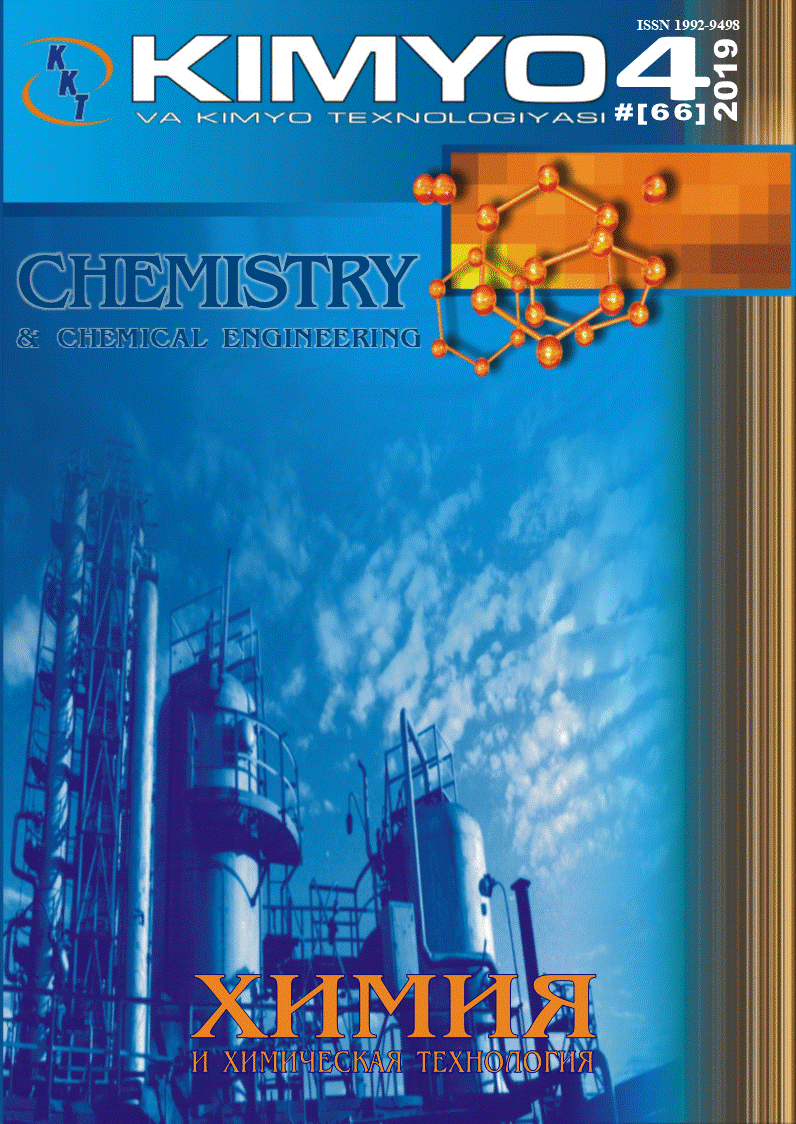
Abstract
The aim of the study is to obtain bismuth superconducting cuprates with higher superconducting properties. The advantages of superconducting materials in power engineering, disadvantages of synthesis based on solid-phase and melt principles, and the prospect of using nontrivial methods to obtain high critical parameters are presented. The advantages of synthesis under the influence of concentrated solar energy are shown. In order to obtain a superconductor with high critical properties, a massive, long-term stable bismuth cuprate was synthesized using solar technology. It pushes out an external magnetic field and has a nanostructured layered microstructure with caverns containing submicron-sized particles. The phase composition is represented by homologous phases of the Bi1.7Pb0.3Sr2Ca(n-1)CunOy, n=3-20 series with a successively increasing parameter “c” and mutually related parameters “a” and “b”. The anomalous increase in resistance from zero to 30Ω and 130Ω occurs at 285 K and 430 K, respectively. The combination of all properties suggests non-traditional superconductivity in bismuth cuprate synthesized by solar energy.
Recommended Citation
GULAMOVA, Dilbara Dj.; MIRZAEV, Sirojiddin Z.; BOBOKULOV, Sirojiddin Kh.; and GULAMOV, Timur I.
(2025)
"BISMUTH CUPRATES PRODUCED BY SOLAR ENERGY SHOWING ANOMALOUS RESISTANCE,"
CHEMISTRY AND CHEMICAL ENGINEERING: Vol. 2025:
No.
1, Article 1.
DOI: https://doi.org/10.59048/cce202511
Available at:
https://cce.researchcommons.org/journal/vol2025/iss1/1
